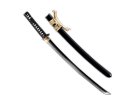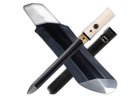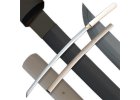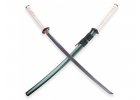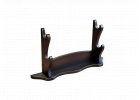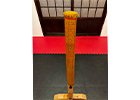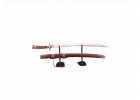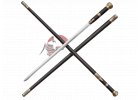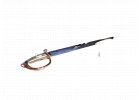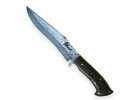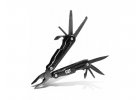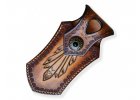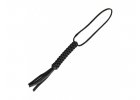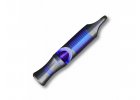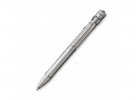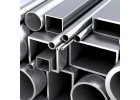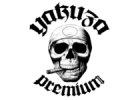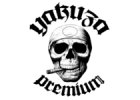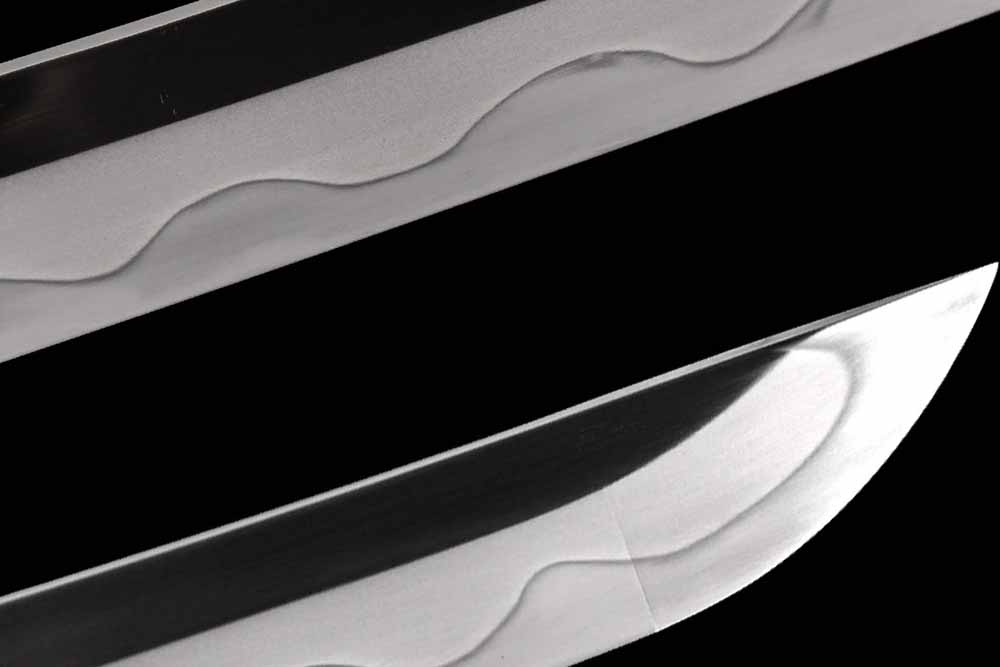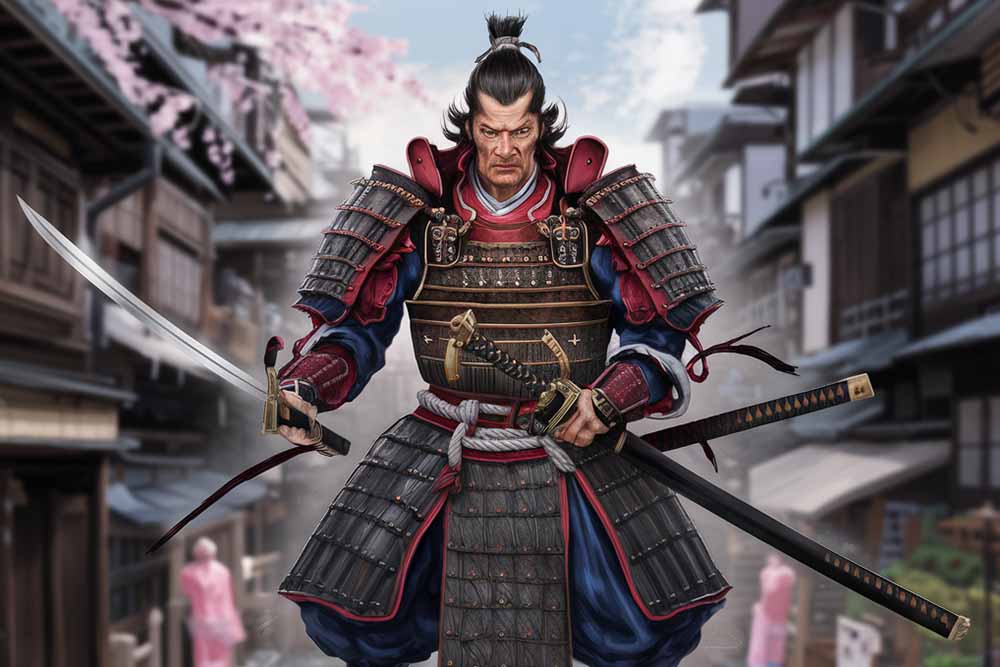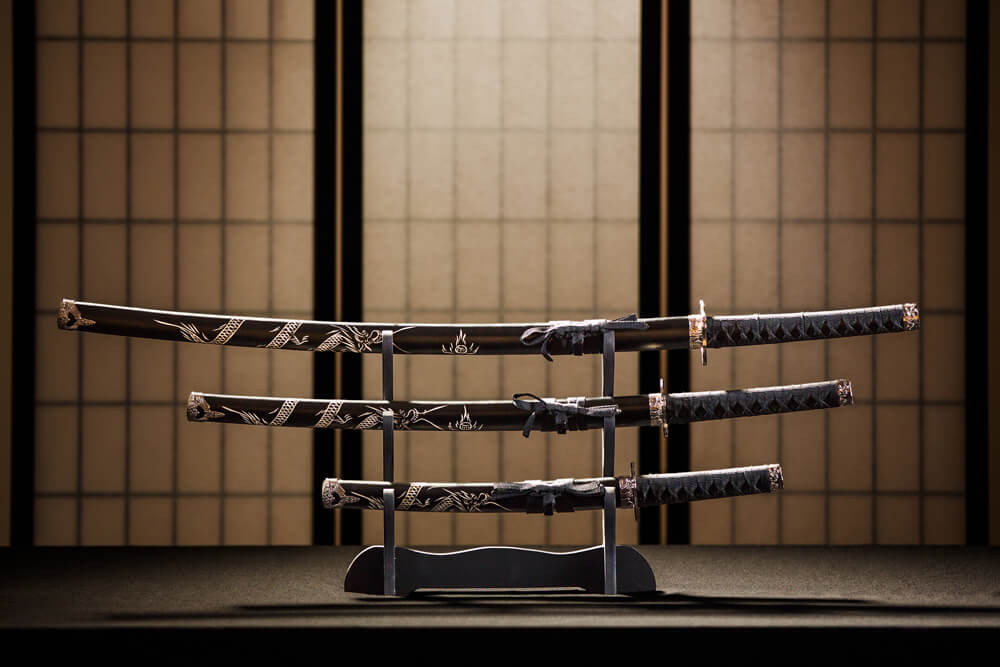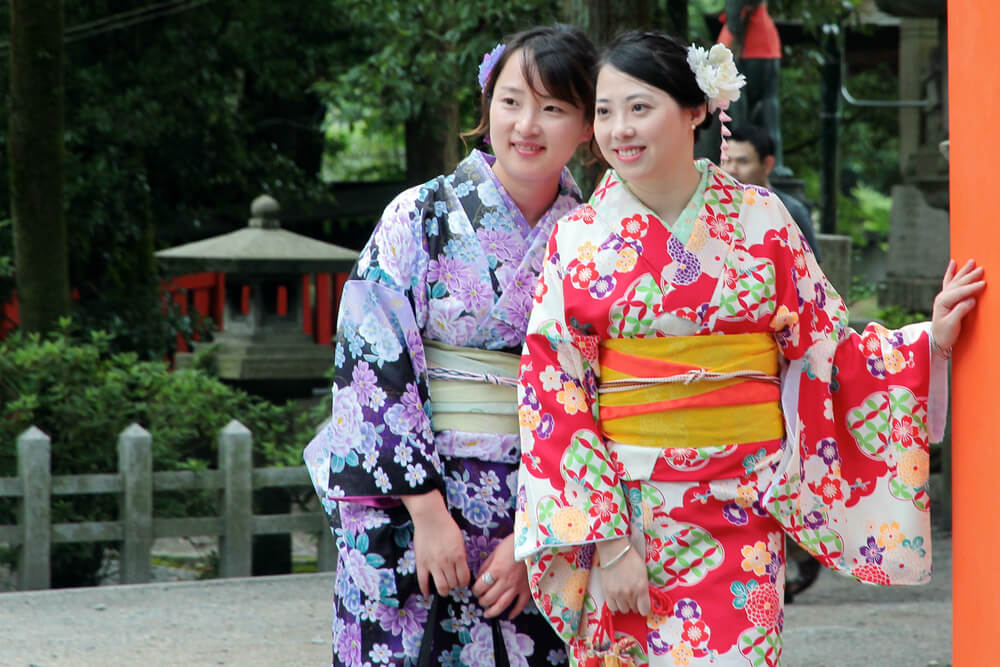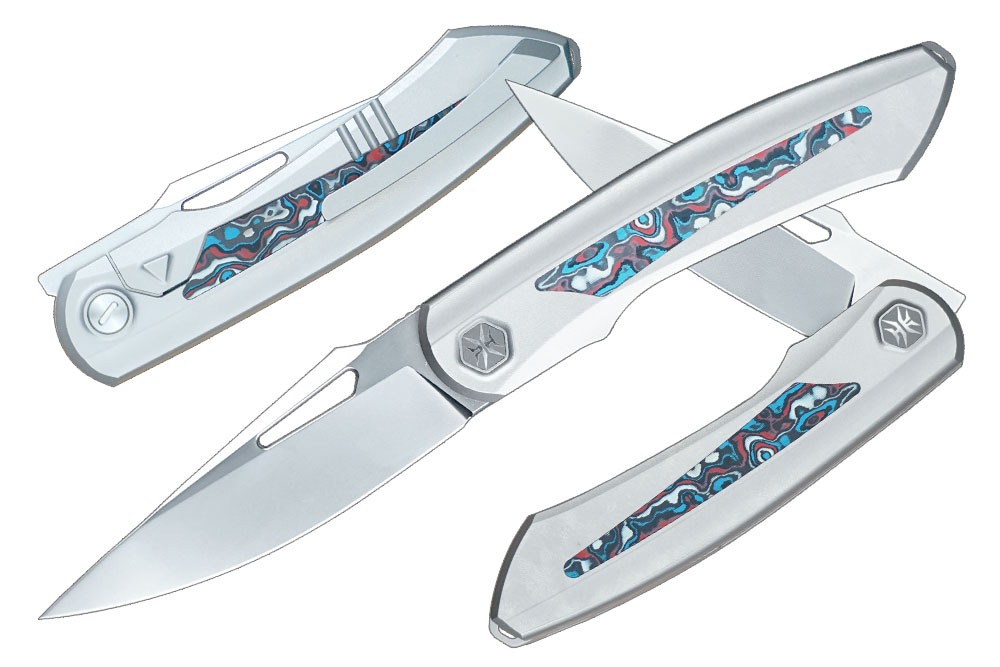Hamon is the name for decorative strips or patterns on the blade of Japanese knives and swords, such...
News, Page 2
Hattori Hanzo was a prominent Japanese samurai who lived during the Sengoku period in the 16th century. He was known as a master of swordsmanship, tactics, and as a loyal servant of the Tokugawa clan. Hanzo was known for his loyalty and bravery, and was one of the key officers of the Tokugawa clan. His military skills and strategic knowledge played an important role in the process of unifying Japan under the leadership of the Tokugawas. Hanzo is often depicted as a heroic figure in Japanese history, literature, and culture. His name appears in many folk tales and legends. In a fictional setting, Hattori Hanzo has also been included in various films, television shows, games, and other media, where he is often portrayed as a fearless warrior and martial artist. Hattori Hanzo is also a fictional character in the cult film "Kill Bill" directed by Quentin Tarantino. In "Kill Bill: Volume 1" and "Kill Bill: Volume 2," Hattori Hanzo plays an important role as a reclusive Japanese sword master who lives in solitude, making swords and trying to avoid his past as a master of murderous instruments. Hanzo is sought out by the main character Beatrix Kiddo, known as "The Bride", who seeks revenge against the people who betrayed her and tried to kill her. Hattori Hanzo provides her with a sword (katana) and also helps her prepare for her journey of revenge. The character of Hattori Hanzo is portrayed in the film by the famous Japanese actor Sonny Chiba.
Cosmo Jarvis and Hiroyuki Sanada star in the new hit series "Shōgun," which brings to life and bring...
Samurai culture has been deeply embedded in Japanese history and tradition and has influenced many a...
Seppuku, also known as harakiri, is a ritual suicide performed by samurai and many other people in Japan. Seppuku was considered an honorable method of suicide that allowed individuals to maintain their dignity and honor. It was typically performed by having the person prepare a special ritual space where they would appear before their master or superior and bid farewell to him or her. The person then drew a short sword (tanto, or wakizashi) and used it to slash his or her abdomen, causing death. The body was then usually taken away and buried in a garden or other sacred place.
Seppuku was considered a very serious and respected act, used primarily as a way of defending oneself from loss of face and dignity, in case an individual failed in some important task or failed in an honorable commitment. In some cases, seppuku was ordered as a punishment for a breach of discipline or some other transgression. Although seppuku was banned in Japan in 1873, its tradition still persists as part of Japanese history and culture.
Daisho is the Japanese term for the two swords that a samurai wore as part of his outfit. The first ...
Kaku-obi is a traditional Japanese belt used to wear kimono and other traditional Japanese clothing....
EDC (Everyday Carry) knives are designed to be compact, practical and easily portable for everyday c...
Frame lock (also called frame-lock or monolock) is a type of locking mechanism used in folding knive...
G10 is a highly durable and lightweight laminate used mainly in the field of knives, hand tools, as ...

_-_edited.png)
